Oral
Multimodal Imaging Approaches to Psychiatric Disorders
ISMRM & ISMRT Annual Meeting & Exhibition • 10-15 May 2025 • Honolulu, Hawai'i

| 08:15 |
 |
1124. Edge-centric
connectome representation reveal altered brain functional
diversity in patients with major depressive disorder
K. Qin, L. Zhang, N. Pan, W. Liu, W. Chen
Taihe Hospital, Shiyan, China
Impact: This study demonstrated that edge-centric
connectome could serve as a valuable complement to
node-centric approaches, offering deeper insights into the
neurobiological mechanisms related to functional diversity
abnormalities in MDD and highlighting its promising clinical
application value for diagnosis.
|
| 08:27 |
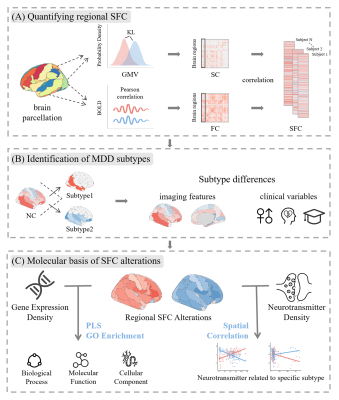 |
1125. Structural-functional
coupling subtypes of major depressive disorder and their
associations with genetic and neurotransmitter profiles
H. Gao, R. Qian, Y. Ma, B. Gu, T. Jin, D. Wu, Z. Zhao
Zhejiang University, Hangzhou, China
Impact:
Our study identified two neurophysiological subtypes of MDD, characterized by unique SFC alteration patterns, along with specific associations with genetic and neurotransmitter profiles. These subtypes may offer promising implications for personalized diagnosis and targeted treatment of MDD. |
| 08:39 |
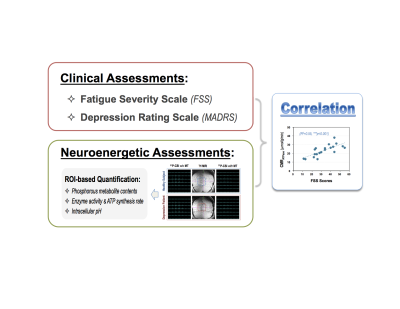 |
1126. Direct
and Quantitative Assessment of Brain Bioenergetics in Young
Adults with Depression
X-H Zhu, H. Wiesner, B. Klimes-Dougan, W. Chen, K. Cullen
Center for Magnetic Resonance Research, Department of Radiology, University of Minnesota, Minneapolis, United States
Impact: We demonstrate that the 31P
MRS-MT imaging technique is able to quantitatively evaluate
key bioenergetic parameters in the human brain, revealing
new insights into the cerebral energetic alterations
underlying fatigue in young adults with depression.
|
| 08:51 |
 |
1127. Quantitative
Susceptibility Mapping of Subcortical Regions in Major
Depression Using Susceptibility Separation Technique
S. Shibukawa, H. Kan, S. Nakajima, Y. Noda, S. Koike
The University of Tokyo, Tokyo, Japan
Impact: QSM-ARCS revealed iron and myelin changes in the
subcortical structures of MDD, deepening understanding of
MDD pathophysiology and highlighting its potential to
advance future diagnostic and therapeutic strategies.
|
| 09:03 |
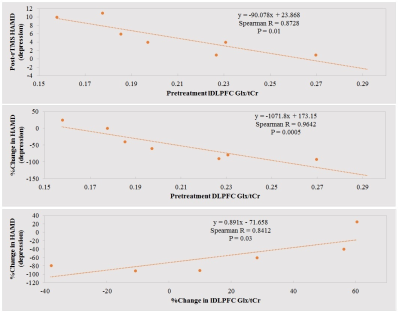 |
1128. Depression
and somatic improvement following rTMS therapy may be predicted
by Glx/tCr ratio – preliminary findings
P. Bhattacharyya, A. Anand, J. Lin, M. Altinay
Cleveland Clinic Foundation, CLEVELAND, United States
Impact:
Hamilton depression (HAMD) scale is a composite measure. Findings from this study identified specific symptom-based components of HAMD that are specifically changed depending on dorsolateral prefrontal cortex (glutamate+glutamine)/creatine ratio. This may help in mechanistic understanding of rTMS therapy. |
| 09:15 |
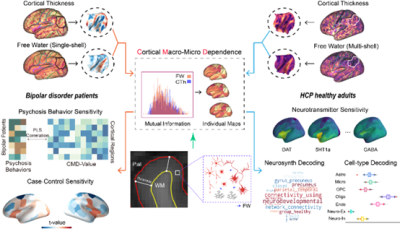 |
1129. Cortical
macro- and microstructure dependence as a potential biomarker in
psychiatric disorders with excitatory symptoms
L. Wei, X. Fang, S. Hu, H. Wang
Institute of Science and Technology for Brain-Inspired Intelligence, Fudan University, ShangHai City, China
Impact: Our findings highlight CMD as a promising
biomarker for bipolar disorder, offering insights into its
neurobiological mechanisms. This research paves the way for
new inquiries into the relationship between cortical
structure and psychiatric symptoms, potentially guiding
future therapeutic interventions and patient management.
|
| 09:27 |
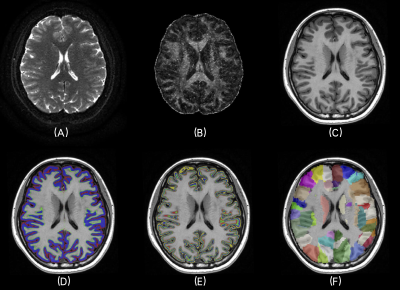 |
1130. Laminar-specific
topological alterations in schizophrenia and their association
with clinical features: a submillimeter DTI study
N. Liu, K. Prasad, X. Li, H. Sun, H. Liang, W. Zhang, S. Lui
West China Hospital of Sichuan University, Chengdu, China
Impact: This study revealed that topological alterations
in schizophrenia exhibit laminar-specific characteristics
and their associations with clinical features, which might
enhance our understanding of the pathophysiology of
schizophrenia from a mesoscopic perspective.
|
| 09:39 |
 |
1131. Thalamic
GABA and Glutamate Imbalance Associates with Cortical
Degeneration in Early Psychosis: A 7T MRI Study
Z. Wang, Y. Gómez, M. Cleusix, R. Jenni, L. Alameda, P.
Conus, M. Cuadra, P. Hagmann, K. Do, L. Xin
Animal imaging and technology, Ecole Polytechnique Fédérale de Lausanne (EPFL), Lausanne, Switzerland
Impact:
This study enhances understanding of early psychosis by linking altered GABA and glutamate levels in the thalamus to cortical structural changes, supporting the role of excitation and inhibition imbalance in thalamocortical dysfunction in psychosis and highlighting the potential for targeted interventions. |
| 09:51 |
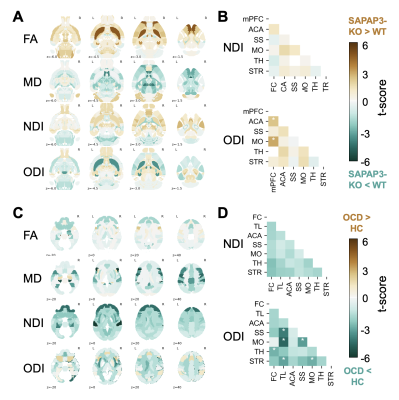 |
1132. Cross-species
quantification of the effect of ketamine on gray matter
microstructure in obsessive-compulsive disorder

S. Ewbank, A. Hart, E. Dai, D. Gopal, R. St. Laurent, I.
Vo, O. Magana, P. Mukunda, J. McNab, C. Rodriguez, R.
Airan
Stanford University, Stanford, United States
Impact: Gold standard approaches for preclinically
quantifying drug-induced structural neuroplasticity involve
histology and therefore cannot be applied for clinical
purposes. We investigated across species whether gray matter
microstructure quantification could bridge this gap in the
context of ketamine’s rapid anti-obsessional effects.
|
| 10:03 |
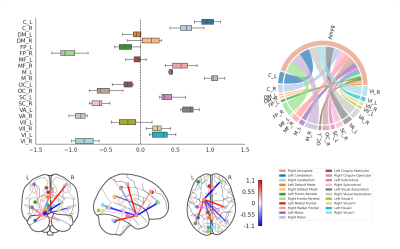 |
1133. Exploring
Functional and Structural Connectivity as Markers of
Atherosclerotic Burden in Chronic Stress
D. O'Connor, M. van Leent, P. Robson, A. Kaufman, M. G.
Trivieri, L. Shin, A. Tawakol, Z. Fayad
Icahn School of Medicine Mount Sinai, New York, United States
Impact: Sensorimotor cortices, and their connectivity
with the amygdala, proved surprisingly relevant for
distinguishing individuals with high atherosclerotic burden
from those with low burden. While the prefrontal cortex is
crucial to understanding stress-CVD relationships,
sensorimotor contributions should not be disregarded.
|
The International Society for Magnetic Resonance in Medicine is accredited by the Accreditation Council for Continuing Medical Education to provide continuing medical education for physicians.